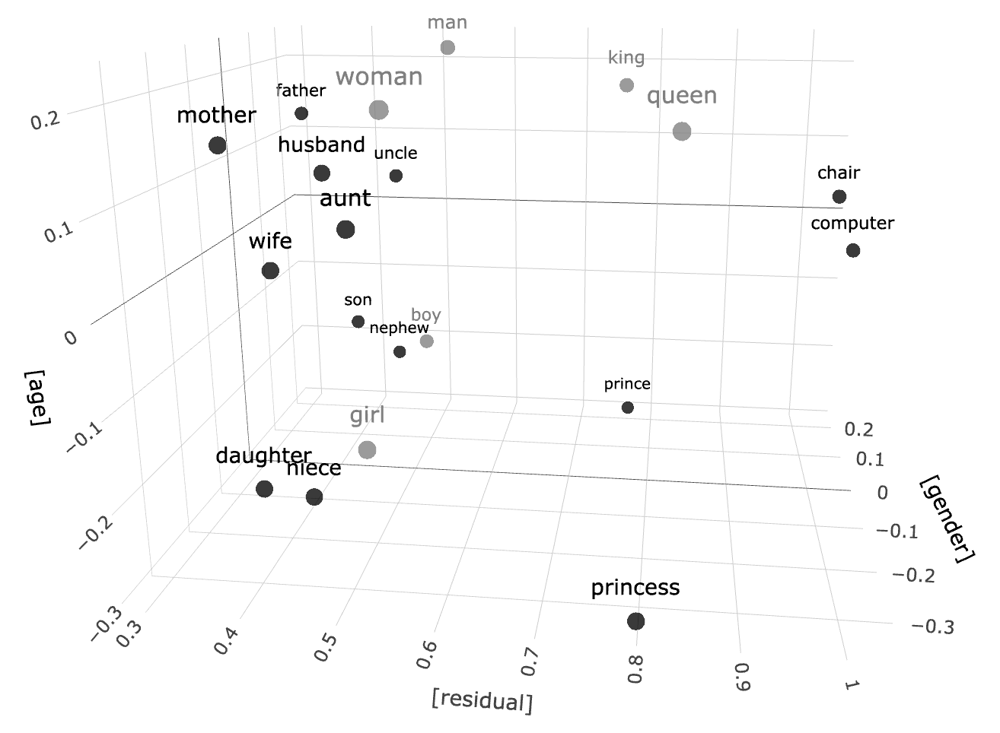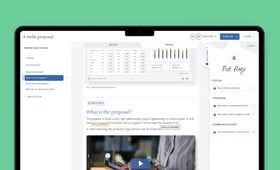These days, you’re unlikely to go for more than a few hours without hearing terms like “generative AI” or “LLM”. But what do these terms mean? How does AI really work? And what does it mean for boards and governance teams?
This short guide walks you through the technical details, so you can navigate conversations about AI with confidence.
What is generative AI?
Generative AI refers to a type of artificial intelligence that creates new content in response to a prompt. In a short period of time, the range of content it can produce has expanded significantly, which means that generative AI tools are now being used to produce everything from text and images to code and audio.
Unlike traditional AI, which focuses on analysing data and making predictions, generative AI can produce original, human-like outputs by learning patterns from massive datasets.
What are LLMs?
A large language model (LLM) is a type of artificial intelligence designed to understand and generate human-like text. It does this by being trained on vast volumes of written material, ranging from books and newspapers to websites and transcripts. LLMs power tools such as ChatGPT and are particularly effective at supporting tasks like drafting, summarising, translating, and responding to questions.
At its core, an LLM works by predicting the next word in a sequence. Much like a person reading a sentence and anticipating what comes next, an LLM analyses the words already provided and suggests what is most likely to follow. Repeating this process word by word allows it to produce full paragraphs, structured responses, or relevant insights.
To develop this ability, an LLM undergoes a training process in which it is exposed to billions of lines of text. Through this, it learns to recognise patterns, such as the fact that "work" often appears near “university”, whereas “work” and “zebra” are rarely near each other. These patterns help the model develop a statistical sense of how language works.
Behind the scenes, words are converted into numbers and plotted onto a type of mathematical map. On this map, related words appear near each other: “dog”, “cat”, and “hamster” might form one cluster; “London”, “Paris”, and “New York” another. This helps the model choose more relevant and coherent words in response to prompts.

A 3D representation of the semantic clusters that emerge alongside dimensions (here, age and gender) when grouping words frequently found together. © Carnegie Mellon University
How have LLMs developed?
What sets modern LLMs apart is a technology known as a “transformer”. This enables the model to consider a much broader context — not just the most recent words, but entire paragraphs or even pages. For example, it can determine whether “Rose” refers to a person or a flower by taking into account the surrounding text. This improves the accuracy and relevance of its responses.
It is important to note that LLMs do not “understand” language in the human sense. They do not think or reason. Rather, they generate plausible text based on patterns they have learned during training. They are, in essence, highly sophisticated prediction engines.
Nonetheless, this ability to predict the next word can yield surprisingly powerful results. When models are of sufficient scale and trained on a broad enough dataset, they often begin to exhibit unexpected capabilities — such as writing software code, solving logic problems, or summarising lengthy reports. Why these capabilities emerge remains a subject of ongoing research.
Many AI researchers liken the development of LLMs to cultivation rather than construction. These models are not programmed in the traditional sense; they learn and adapt in ways that are not always transparent. Ian Hogarth, chair of the UK Government’s AI Foundation Model Taskforce, put it like this: “We don’t really program them, we grow them.”
This is why LLMs have become a focal point for organisations and their leaders. They do more than repeat what they have read — they reconfigure and rephrase information in useful and often creative ways. And while they do not possess true understanding, their outputs can appear remarkably coherent.
What role can generative AI tools play in the boardroom?
AI is now firmly on the board’s radar, and not just because it’s disrupting business models, changing ways of working, and creating new industries. AI tools also show great potential when it comes to board tasks, from preparing for effective board meetings to delivering best practice board meeting minutes.
For directors, for example, AI features can be integrated into board portal software to:
- Edit text: supporting management to produce board papers that are more concise, engaging, and easier to read.
- Summarise complex materials: creating high-quality executive summaries and helping directors to digest long board packs and technical documents.
- Analyse information from multiple sources: taking data from a variety of sources to improve directors’ understanding.
- Stimulate thinking: prompting directors with questions that drive critical thinking and creativity.
The possibilities are exciting, but AI tools are not risk-free. It’s therefore essential that board directors and governance professionals understand how LLMs work and explore their strengths and limitations, so they can make informed decisions about the tools they use and the tasks they choose to apply them to. This can be achieved through regular board briefings and focused, relevant board development plans.
To explore these emerging use cases in more detail, read our definitive guide to AI for the board pack and our take on how high-performing directors are preparing for meetings using AI, which includes a link to our downloadable board meeting preparation checkilst.
You can also assess your board's AI readiness using our free online tool and visit our AI hub to find out more about how Board Intelligence is using AI to supercharge board effectiveness — from minute writing to meeting preparation and report writing.
With Insight Driver, see what matters in your board materials, spot gaps in data or reasoning, and use AI to generate value rather than abstracts.
See Insight driver


